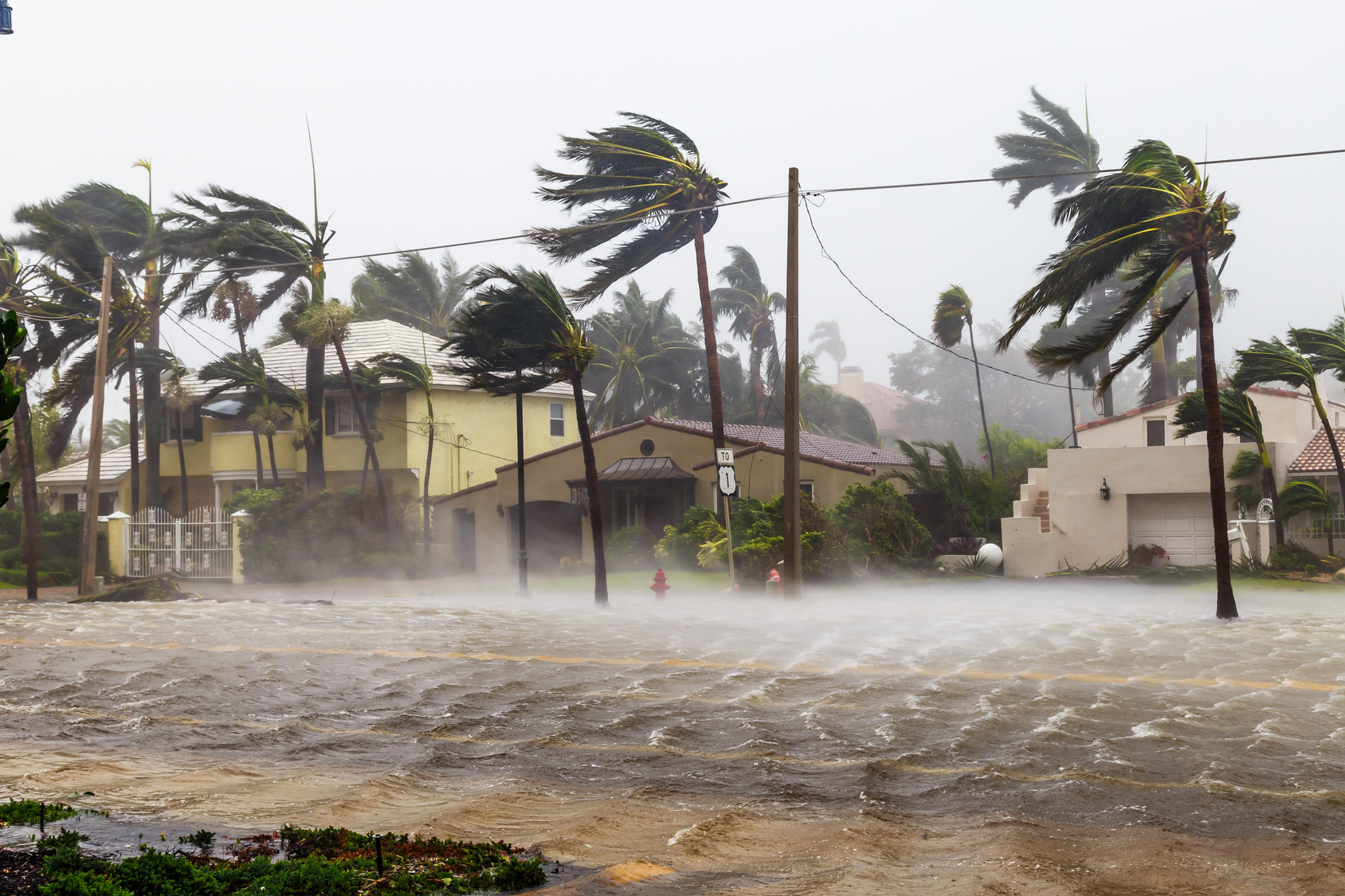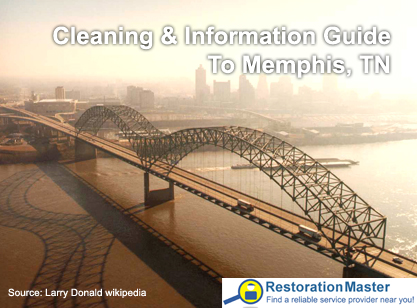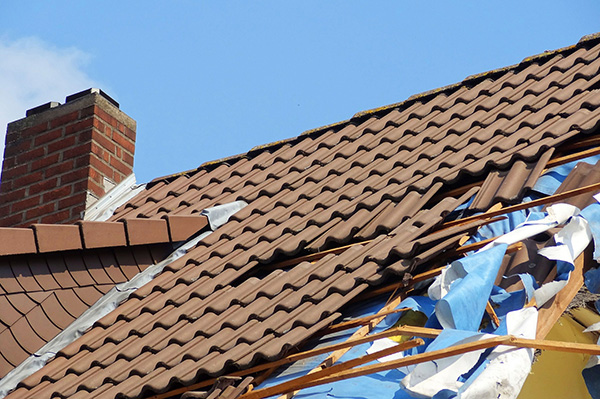Innovative Disaster-Proof Structures
People who live in areas with a high risk of natural disasters have one more thing to worry about when it comes to protecting their homes. One of the ways they can manage this risk is by improving their homes with structural elements that are designed to withstand these conditions. More often than not, this includes a careful selection of construction materials.
By taking these steps of precaution, you’re protecting your property and increasing the safety of your family. So, if you’re building a home, it’s usually a good idea to include some of these elements into the design. Do some research and make sure to insist that your architect focuses on them while making plans.
Here are several such materials and ideas you could use.
Steel
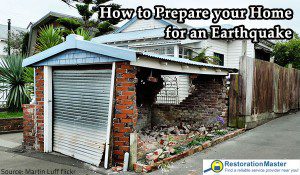 When we talk about your home’s ability to withstand a natural disaster, we’re probably talking about an earthquake. Floods and wildfire can be just as dangerous, but we’ll get to that later. The thing is that an area that is likely to flood is easy to locate, whereas the earthquake potential covers a much wider area. Moreover, there is no rule, seeing as how this event may occur even in regions where this occurrence is not that common.
When we talk about your home’s ability to withstand a natural disaster, we’re probably talking about an earthquake. Floods and wildfire can be just as dangerous, but we’ll get to that later. The thing is that an area that is likely to flood is easy to locate, whereas the earthquake potential covers a much wider area. Moreover, there is no rule, seeing as how this event may occur even in regions where this occurrence is not that common.
Speaking of seismic-resistant structures, the first construction material that comes to mind is steel.
Steel is a ductile material, which allows it to bend rather than break. A more brittle structureStructure refers to the framework or components of a buildin... More (even though it may seem like a good idea) will crack before it budges. If the seismic event is not that big, the steel used in the building will snap back rather than cracking. While there may still be some structural damage to the building in question, the damage will be a lot less expensive and easier to manage.
Best steel grades for anti-seismic activity
Still, it’s not just about steel; it’s also about the type of steel and its application in construction. Steel grades that are deemed as ideal for their anti-seismic properties are:
- Fe-415
- Fe-500
- Fe-500 D
- Fe-550
- Fe-550 D
These grades offer a combination of strength and bendability required for the structureStructure refers to the framework or components of a buildin... More to withstand these tectonic movements.
Most efficient design methods
Aside from this, the design of the building also makes a world of difference. On massive construction projects, higher structural integrity is achieved through reinforcement of the outer walls. Cross braces are one such solutionA solution is a homogeneous mixture of two or more substance... More. Adding more vertical walls to the frame sounds like a bad idea (since it adds stiffness to the frame of the building rather than bendability), but it also makes it more likely for the building to resist swaying.
Doors and Windows
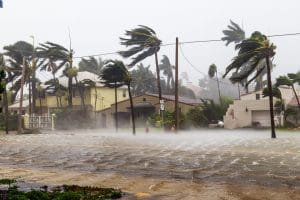 The next thing you need to focus on is the “weak spots” in your home – doors and windows. Windows are elements that consist of a frame and a glass pane (or several of them), which means that they’re quite fragile. This is especially true when they’re up against a tremor.
The next thing you need to focus on is the “weak spots” in your home – doors and windows. Windows are elements that consist of a frame and a glass pane (or several of them), which means that they’re quite fragile. This is especially true when they’re up against a tremor.
According to FEMA sources, tempered glass is much safer for areas where earthquakes are common. This is not because they can withstand an earthquake (no glass can) but because they break into smaller fragments instead of larger shards. This makes it less likely that someone from your home will cut themselves trying to clean them up. It also means that it makes your job of cleaning up somewhat easier.
When it comes to your doors, any sturdy option will do. Nonetheless, some disasters may have a psychological effect on those who decide to stay indoors during these events. Noises that come from outside are often terrifying and may make people in your household start panicking. Therefore, investing in a soundproof door sounds like the best possible solutionA solution is a homogeneous mixture of two or more substance... More.
Keep in mind that human behavior during some of these events is, well, less than commendable. If it’s the hurricane that we’re talking about, the howling of wind from the outside can be incredibly unsettling. This is yet another reason to get yourself a door that can cancel out all of these noises.
Remember that during these events, you shouldn’t be in your home, to begin with. Ideally, you should have a security bunker.
Concrete
Concrete is probably one of the most commonly used construction materials in the 21st century. One of the reasons for this is its incredible resilience against all sorts of natural disasters.
Resistance to wind

If your business is well prepared for natural disaster, the signs of an approaching storm won’t be a cause for panic.
Another potential natural disaster worth considering is high wind. With high wind, the biggest damage (both to property and people) comes from debris. Concrete creates a double-fold benefit. First, when struck by a piece of debris at high velocity, a concrete wall (pillar or any other structural element) has a higher chance of withstanding the blow. Second, it is far less likely that a piece of concrete will break off your structureStructure refers to the framework or components of a buildin... More and contribute to the volume of debris flying around. In other words, other than just protecting yourself, this also helps keep others safe.
If your property is damaged by high winds, call RestorationMaster for emergency storm damage restoration.
Earthquake resistant
While a lot of people wouldn’t exactly see concrete as an earthquake-resistant element, the truth is that reinforced concrete tends to be one of the best choices here. Even if you decide not to build an entire place out of concrete, making a safe room from this material can drastically increase the safety of you and your family.
Fire-proof construction material
Aside from this, concrete is fire resistant. Even though you should stay clear of burning homes, once you evacuate, concrete elements can ensure that the damage is minimal. As a separation wall, it can stop the spread of fire quite effectively. Other than this, if the concrete endures the fire, it can be reused during your rebuilding process. In the aftermath of this incident, concrete will make your job of getting this mess in order a lot simpler.
Concrete walls are not the only thing worth keeping in mind when discussing fire resistance. The concrete roof has shown just as good results when faced against fire damage. Both concrete and clay tiles are far superior to their wood shake or shingle roofs in this regard.
Flood resistance
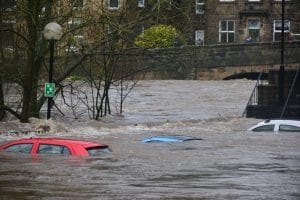 Finally, concrete is also highly resistant to floodingFlooding is the overflow or accumulation of water in areas t... More, as well as high humidityHumidity is the amount of moisture or water vapor present in... More or wind-driven rain. In general, this material fares great against any sort of water damage. Seeing as how water is used early during the formation of concrete, the older it gets, the less absorbent the concrete becomes. So, even when fully submerged, concrete will not get damaged. Proper response time in these situations is essential, and not having to worry about your home’s concrete elements will take at least something off your mind.
Finally, concrete is also highly resistant to floodingFlooding is the overflow or accumulation of water in areas t... More, as well as high humidityHumidity is the amount of moisture or water vapor present in... More or wind-driven rain. In general, this material fares great against any sort of water damage. Seeing as how water is used early during the formation of concrete, the older it gets, the less absorbent the concrete becomes. So, even when fully submerged, concrete will not get damaged. Proper response time in these situations is essential, and not having to worry about your home’s concrete elements will take at least something off your mind.
RestorationMaster offers 24/7 emergency flood damage restoration services.
Furniture Straps
Finally, when it comes to securing your furniture, it is pointless to look for earthquake-resistant furniture. No furniture is earthquake resistant. However, what you can do is get some furniture straps (anchors) for your home. This is an inexpensive and simple product that increases the odds of your furniture making it through an earthquake. It also reduces the likelihood that some of your furniture will hurt your family/roommates by hurling through the air amidst the disaster-infused panic mode in your household.
Wrap Up
In the end, the safest way to protect your family from a natural disaster is to get them somewhere safe before it even begins (or as it is getting started). Unfortunately, this won’t always be an option. You also need to keep in mind that it’s not just about your immediate physical safety. It’s about the safety of your properties, assets, and belongings. Protecting them should also be a high priority. This is why some of these innovative disaster-proof structures, structureStructure refers to the framework or components of a buildin... More elements, and materials can be invaluable.










